IB BIO SL MIDTERM December 2024
TOPICS- CODE FOR HIGHLIGHTS: #2cb196
Elements in organic molecules and basic diagrams- Carbon compounds are commonly referred to as the building blocks of life They are essential to an organism’s survival, such as carbohydrates, lipids, proteins, and nucleic acids.
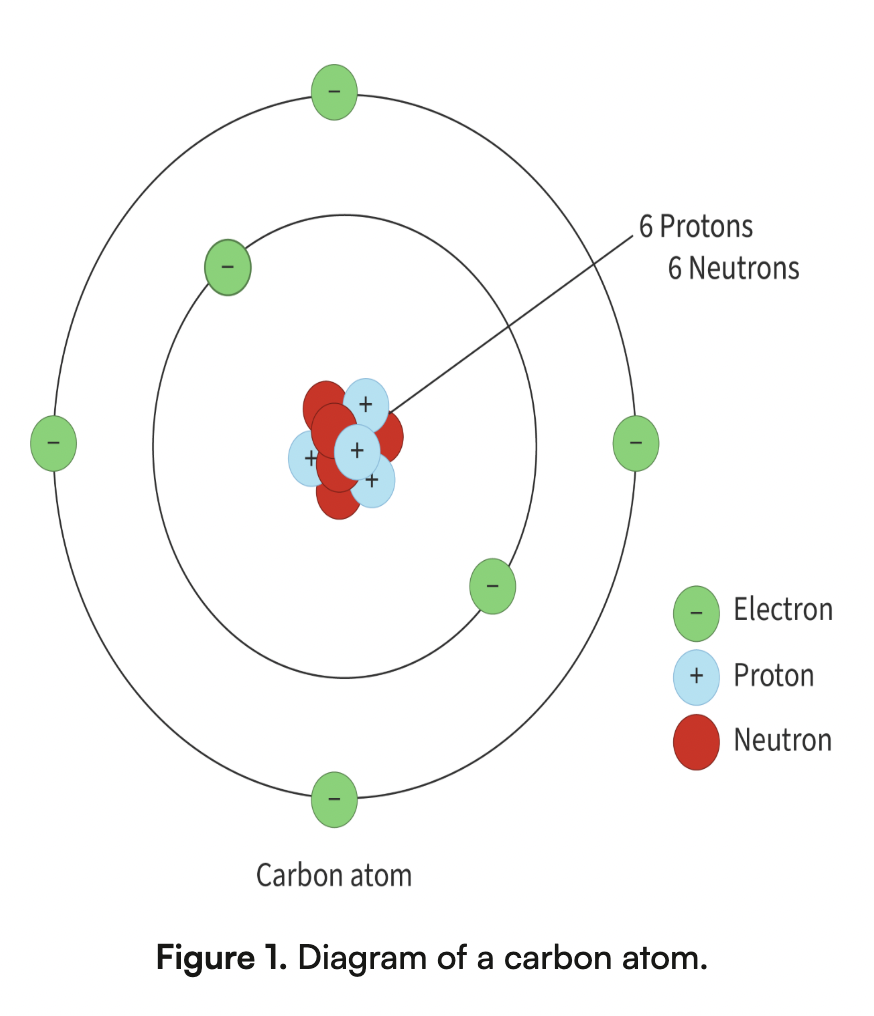
Structure and function in the alveolus- microscopic balloon-shaped structures located at the end of the respiratory tree
Polyploidy- + a whole set of chromosomes (2,3,4) Causes instant speciation because of reproductive isolation
Nucleus features compartment- Organelles are subunits of cells that perform specific functions, The Nucleus is an organelle and contains DNA, which is associated with histone proteins and is organized into chromosomes. ~Contains Nucleolus, which is involved with the production of ribosomes~
natural selection- Differences between different species Variations, some could be favorable, resulting in individuals better adapting to the environment. As result, these Variations are passed on to offspring.
Hydrolysis & condensation-
Condensation is a chemical reaction that joins monomers together for macromolecules to be formed
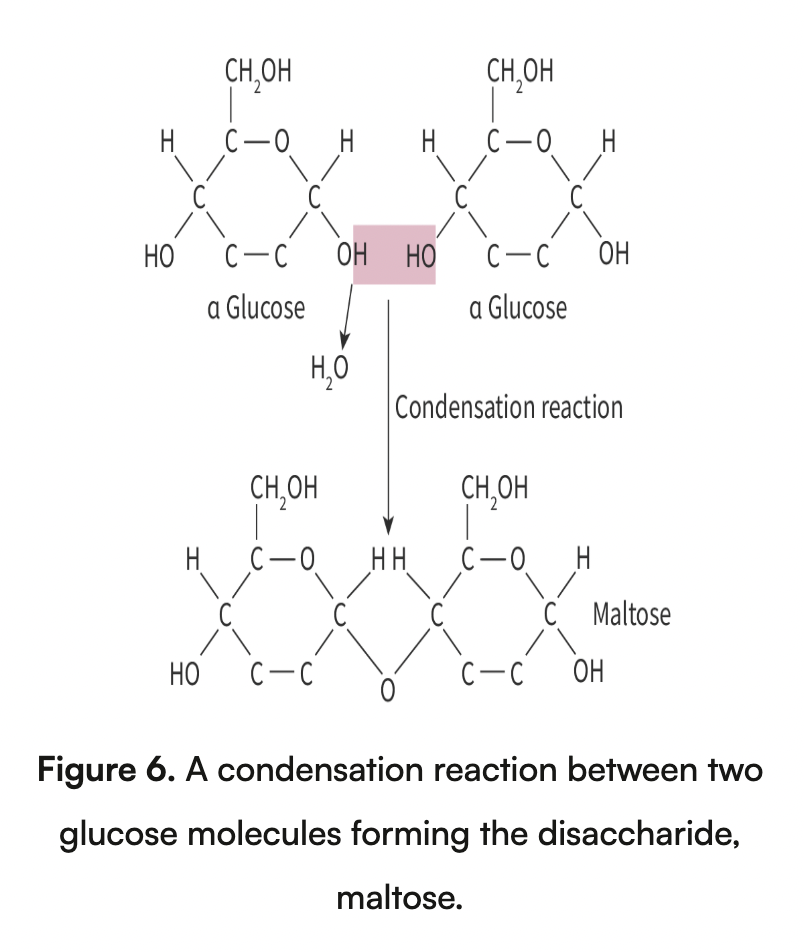
Hydrolysis is a reaction when macromolecules are too large to be directly absorbed and used by cells. The process of hydrolysis breaks down the macromolecules so they are small enough to be absorbed ~uses water molecules to break down~
Types of Stem Cells-
Totipotent Stem Cells- Can differentiate into any type of cell including placental cells, can give rise to a complete organism
Pluripotent Stem Cells- Can differentiate into all body cel,s, but can’t give rise to a whole organism
multipotent Stem Cells- Can differentiate into a few closely related types of body cells
Unipotent Stem Cells- Can only differentiate into their associated cell type. EX. Liver stem cells can only make liver cells
Holozoic and saprotrophic nutrition-
Holozoic Nutrition:
- Ingestion: Organisms take in solid food (like us eating a burger).
- Digestion: They break down the food into simpler substances.
- Absorption: Nutrients are absorbed into the body.
- Assimilation: Nutrients are used for energy, growth, and repair.
- Egestion: Undigested waste is expelled from the body.
Saprotrophic Nutrition:
- Decomposition: Organisms feed on dead and decaying matter.
- External Digestion: They release enzymes to break down complex substances outside their body and then absorb the simpler nutrients.
- Example: Fungi and some bacteria.
Selective Breeding- A Variety of dog breeds, studies trace their ancestry to an extinct wolf species, humans play a role in this.
Brings rapid changes in the genetic make-up of a population, eventually leading to evolution.
EX: Darwin used selective breeding to frame his theory of natural selection
Tidal Volume and ventilation rate- For gas exchange to occur in the alveoli, air needs to get in and out of the lungs.
The following muscles are involved in ventilation (Figure 1):
The diaphragm, a sheet of muscle found below the ribs.
The intercostal muscles, a group of muscles found between and anchored to the ribs. There are two types of intercostal muscles, the internal and external intercostal muscles, which are
antagonistic
due to their opposing actions on the ribs during breathing.
The abdominal muscles.
What the AI had to Say
Tidal Volume and Ventilation Rate
For gas exchange to occur in the alveoli, air needs to get in and out of the lungs.
The following muscles are involved in ventilation:
Diaphragm: a sheet of muscle found below the ribs.
Intercostal Muscles: a group of muscles found between and anchored to the ribs. There are two types of intercostal muscles:
Internal intercostal muscles
External intercostal muscles
These muscles are antagonistic due to their opposing actions on the ribs during breathing.
Abdominal Muscles: also play a role in the process of ventilation.
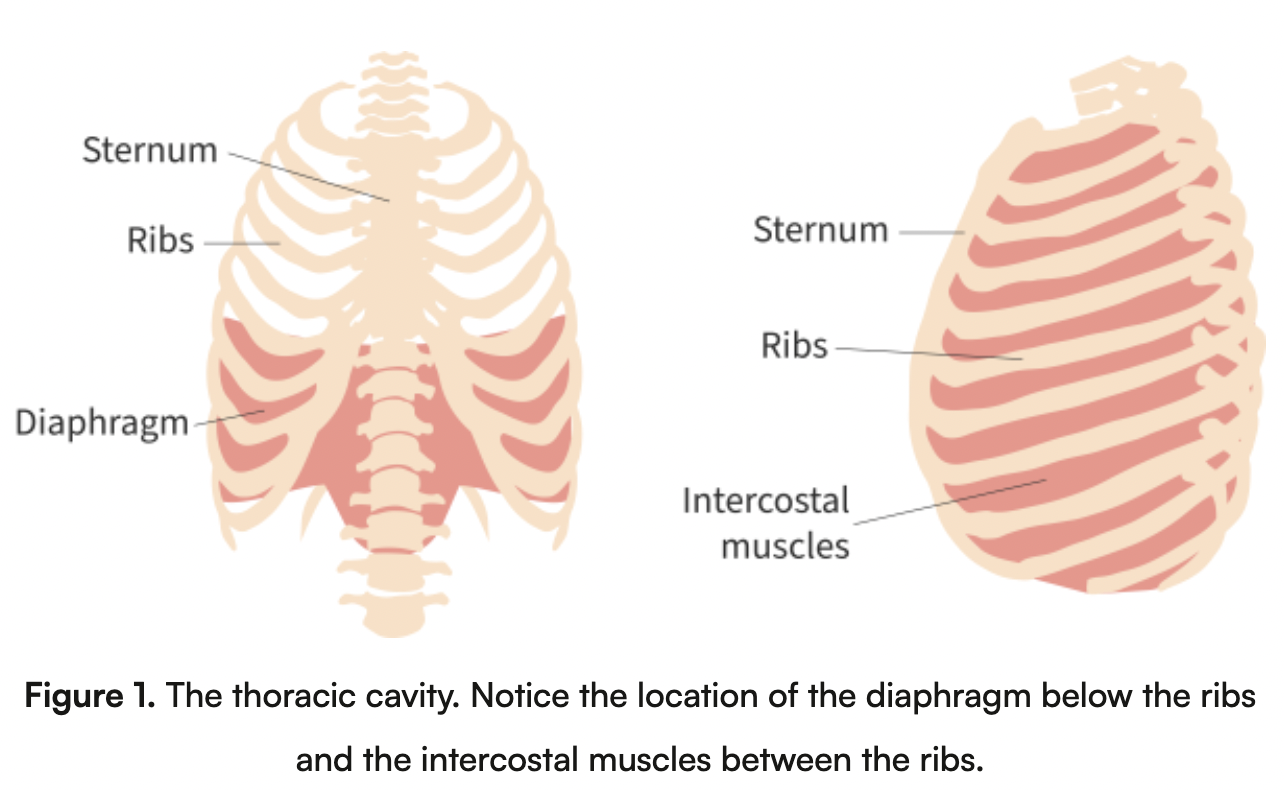
structure of cell membranes including cholesterol-
The principal components of the plasma membrane are lipids (phospholipids and cholesterol), proteins, and carbohydrate groups that are attached to some of the lipids and proteins
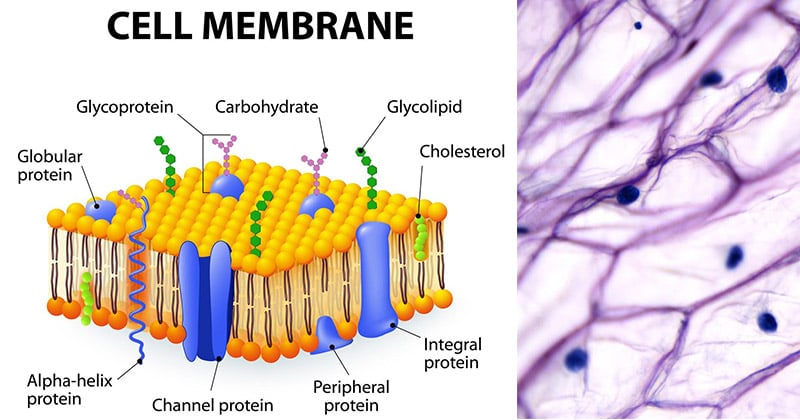
SA: Vol vs. Animal size
Analysis of chromosomes and genomes-
Genomes- The Total of all Genetic Information of an organism. All the genetic information needed to build and maintain an organism. EX: Humans consist of 3 billion base pairs of DNA and includes approximately 20,000-25,000 genes.
Chromosomes- Long thread-like structures made of DNA and proteins. They are located in the nucleus of eukaryotic cells. Each chromosome contains many genes, regulatory elements, and other nucleotide sequences, arranged in 23 pairs
Key Concepts
Chromosomes ensure DNA is accurately copied and distributed during cell division
The genome includes both coding regions (genes) and non-coding regions (regulatory sequences, introns)
Genetic variations within the genome can lead to differences in traits and can be studied to understand diseases and inheritance patterns.
reproductive isolation (Speciation)
Species- When similar organisms can mate with each-other and produce viable, fertile offspring,
Reproductive compatibility defines a species.
true to most plants, animals, and fungi
Speciation- The formation of new species by the splitting of one pre-existing species into two or more new species
Reproductive Isolation, due to geographical barriers
Preventing populations of the same species from interbreeding and or producing fertile offspring
EX: Mountain Ranges, distance, human made barriers (roads, dams)
Types of transport across cell membranes-
Facilitated Diffusion- movement of solutes down their concentration gradient (with help from carrier and channel proteins) across the cell membrane
Channel Proteins- transmembrane proteins that assemble to form channels for the passing of polar molecules.
Channels are very selective, different channels transport different ions
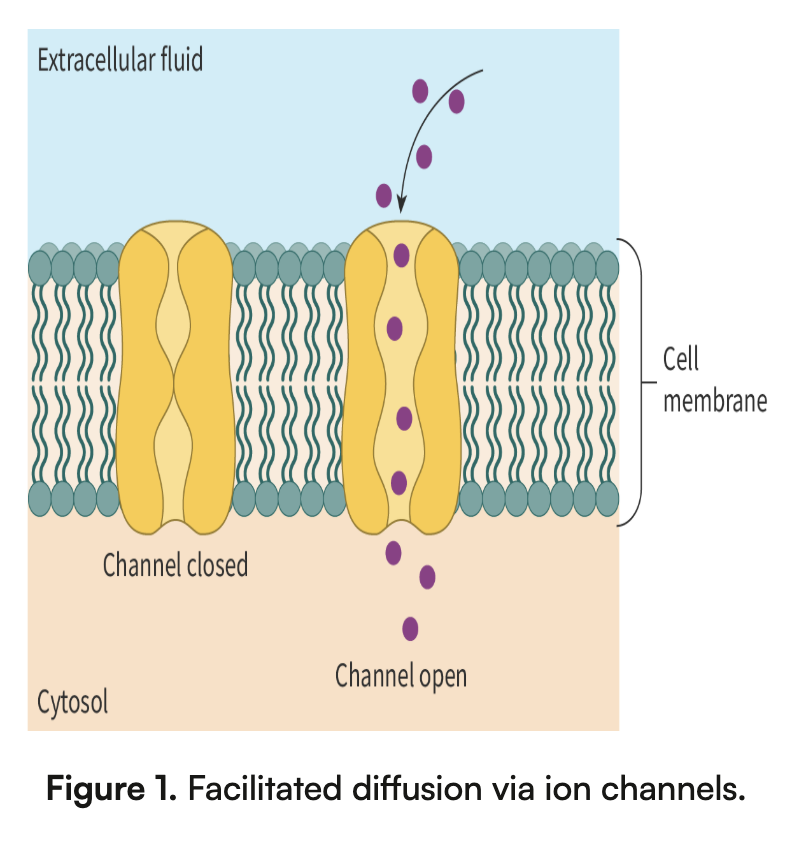
Active transport- the movement of particles through a cell membrane from a region of lower concentration to a region of higher concentration using energy
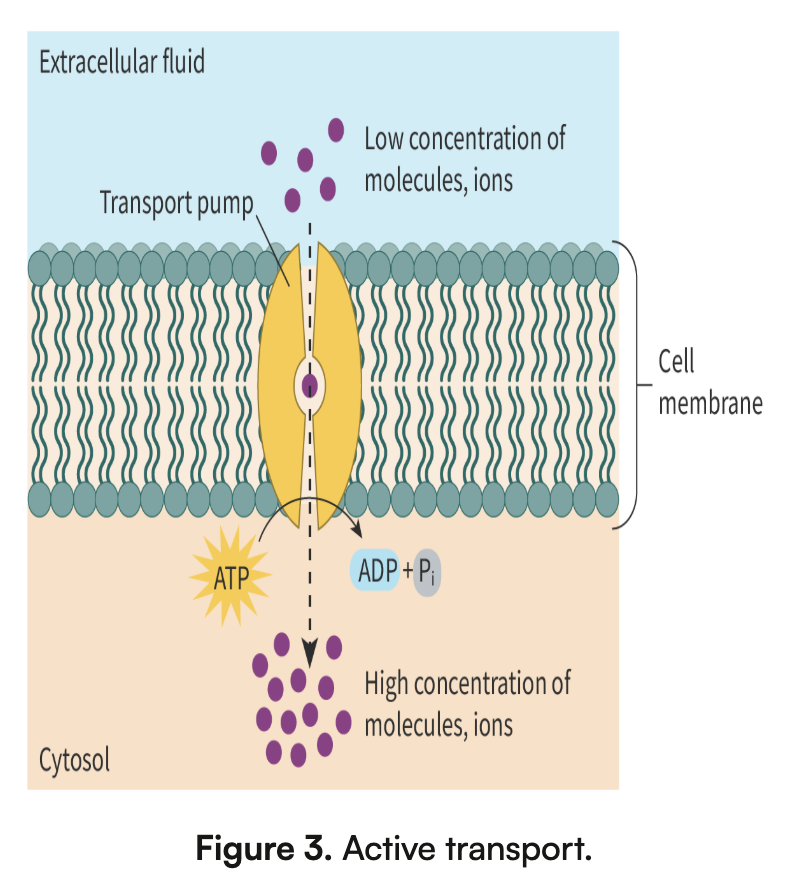
Selectivity in membrane permeability- A membrane which does not allow the free movement of all molecules and is permeable only to certain molecules
xylem structure including lignin and transpiration function
The roots, stem and leaves of a vascular plant contain two types of vascular (transport) tissue:
the xylem, which transports water and dissolved minerals
the phloem, which facilitates the transport of carbon compounds including sugars and amino acids
Transpiration- The loss of water vapor from plant leaves. Water vapor is lost by evaporation at the surface of the mesophyll cells, water diffuses through the stomata.
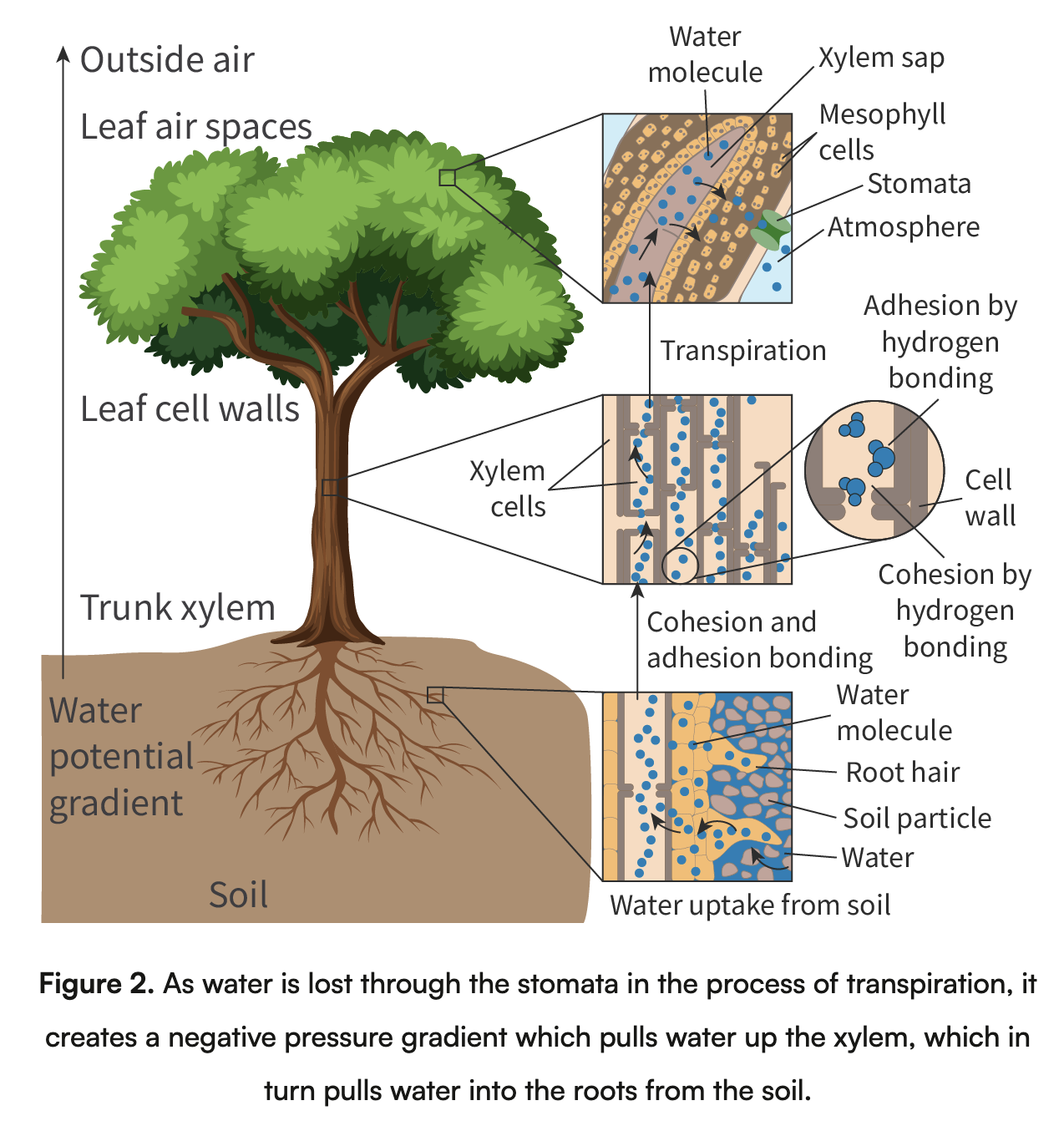
Lignin- a complex polysaccharide that strengthens and waterproofs the wall of the xylem
conditions for coral reefs; climate change and coral-
Corals are marine invertebrates that typically grow in colonies
Not Plants
Slow Growing (hundreds of years)
Variety of Colors
Can regenerate/ rebuild skeleons
Conditions required for coral reef formation
Water Depth- 2-45 meters
pH- 8.0-8.4 (slightly alkaline)
Salinity- Must be clear so that a maximum amount of light penetrates it
Temp- optimally between 23-29 degrees C
examples of atypical cells-
Atypical- not containing typical or expected structures
Abnormal numbers of the cell structures and organelles that are found in most other eukaryotic cells
EX: Skeletal Muscle, Red Blood Cells, Hyphae of Fungi
ways to measure heart rate (ventilation)
Feeling the radial artery, which is located on the right just below the thumb of the carotid artery, which is on the neck beside the trachea, count how many occur in 15 seconds and multiply the number by 4. To see how many occur per minute.
Ethical, safe testing of human subjects-
When experimenting with human subjects, it is a must that they give a written form of consent.
Under age 16 requires parental consent
Cardiovascular disease risk factors (including CAD, HBP)-
Blockage of the coronary arteries, typically a build up of plaque, a fatty substance mostly made of cholesterol. This can lead to blood clotsIschaemia- medical term for the lack of blood flow to a particular part of the body
Components of Niche-
The habitat in which the organism lives.
The activity patterns of the organism (e.g. periods of time during which it is active)
The resources it obtains from the environment (e.g. food source, territorial boundaries, etc.)
Ways of defining biodiversity- The Variety of life on earth, or in a specific area
Different Levels of Biodiversity
Genetic- The Diversity seen in the genes within a population of a species
Species- The number and types of organisms that existed during a specific amount of time
Ecosystem- Variety in ecosystems in a given area